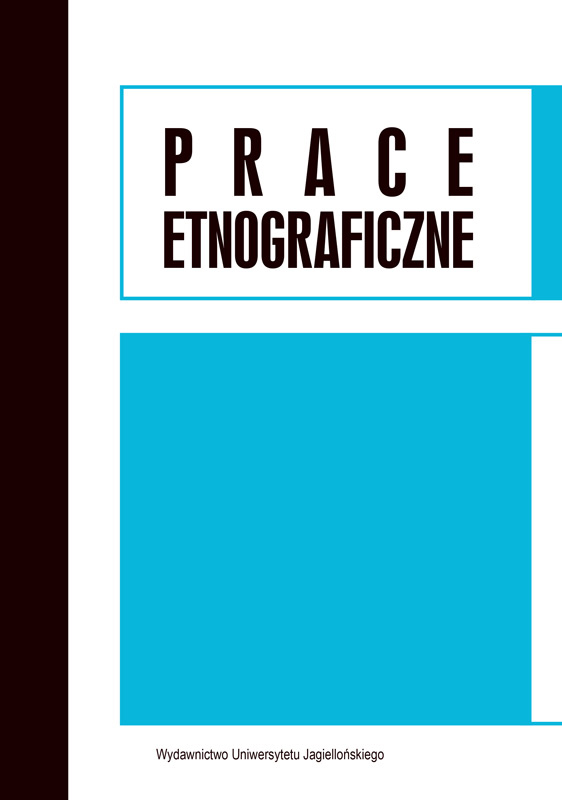Elżbieta Jodłowska, Największe lody świata na polach śmierci. Efemeryczny performans z gatunku „tradycji wynalezionej” w Andach Peruwiańskich
The Largest Snow Cone in the World. An Ephemeral
Performance of the “Invented Tradition” in the Peruvian
Andes
Author(s): Mirosław Mąka, Elżbieta JodłowskaSubject(s): Anthropology, Sociology
Published by: Wydawnictwo Uniwersytetu Jagiellońskiego
Keywords: The Andes; quero cup; raspadilla; fiesta; „invented tradition”; sacrifice
Summary/Abstract: One of South America’s cradles of civilization is the Rio Santa Valley lying in the northern part of the Peruvian Andes. It is an alpine area with settlements located at altitudes from 3000 to 5000 meters above sea level, and its boundaries between the Cordillera Blanca and Cordillera Negra mountain ranges delineate the territory of a specific ethnic group of people who maintain rich historical and ethnographic traditions. Moreover, the great seismic activity to be encountered in this geographical zone plays an important part in shaping their culture. From the dawn of time, the inhabitants of this valley have lived with a constant threat of danger, oft en perishing as a result of earthquakes, great avalanches, and floods. On May 31, 1970, a gigantic avalanche came down from the highest peak of Peru, Huascarán, and completely buried two cities, causing the deaths of many thousands f people. Th ese cities of Yungay remain unearthed, and the entire region has been recognized as a national sanctuary. Subsequently, among the chapels and crosses erected on the site of the disaster, there appeared a colorful, more than a two-meter-high replica of a quero cup - a sacred libation vessel used for millennia in the Andes, and much favored by the Incas. Tracing the history of this surprising monument, the authors of this article encountered witnesses to an ephemeral indigenous mix between performance and spectacle, which was twice celebrated in the valley - in 1999 and 2001 – and during which the world’s largest raspadilla (or snow cone) was prepared, the oversized quero cup being filled with the resultant mixture of crushed ice and fruit syrups. Th e performance was thus an unprecedented amalgam of an indigenous „invented tradition” combined with an already long-established celebration of All Saints’ and All Souls’ Days. An anthropological analysis of the ritualized behavior of the participants of the fiesta points to the durability of certain archetypal elements such as a joint feasting with ancestors, ritual sacrifices, and the „eating or consuming a deity”. It also reveals the esoterically localized (or time-space specific) nature of the event encompassing as it does the psychological mechanisms required for the revitalization of a socio-cultural system when coming to terms with a deep, collective trauma. Th e example of the Yungay fiesta thus testifi es to, if not proves, the morphological durability of a holy phenomenon, changing historical circumstances notwithstanding.
Journal: Prace Etnograficzne
- Issue Year: 46/2018
- Issue No: 1
- Page Range: 1-29
- Page Count: 29
- Language: Polish

